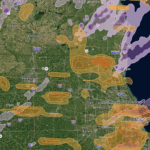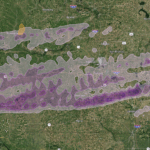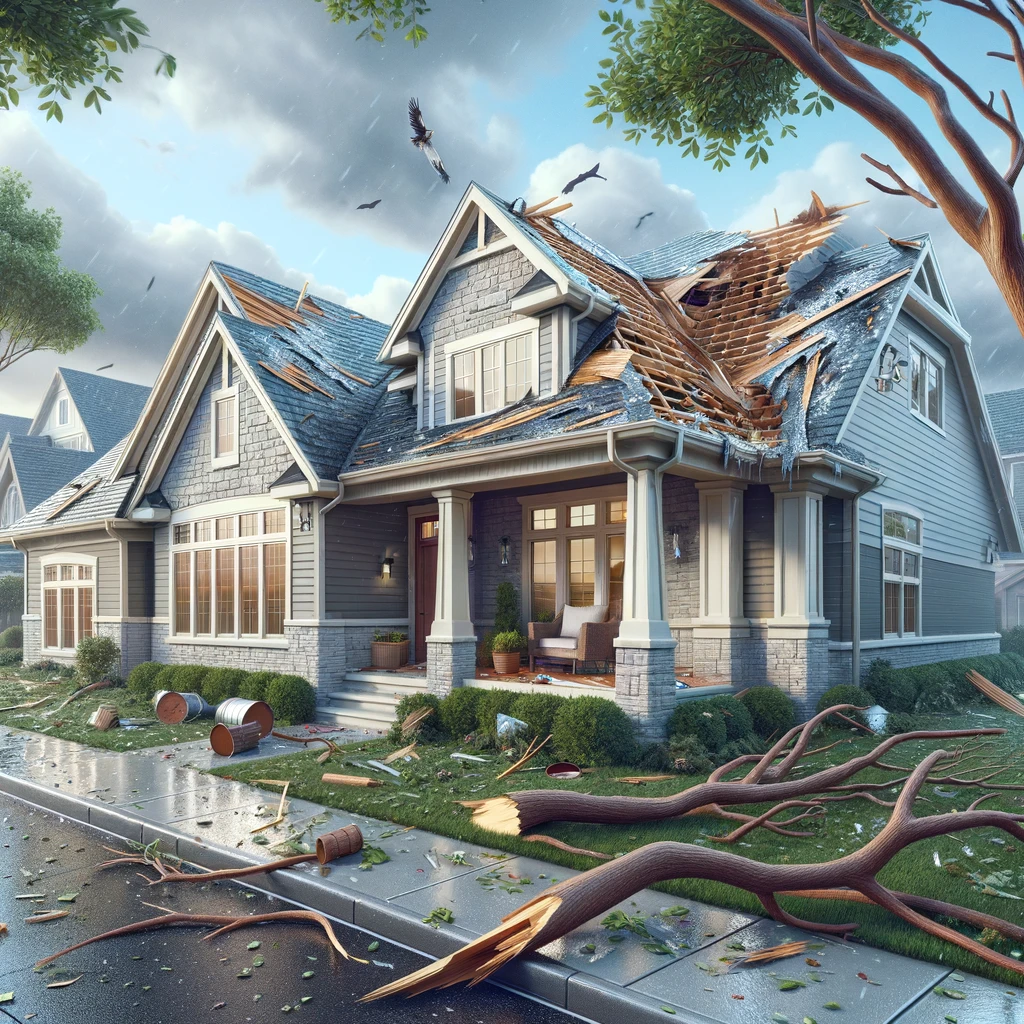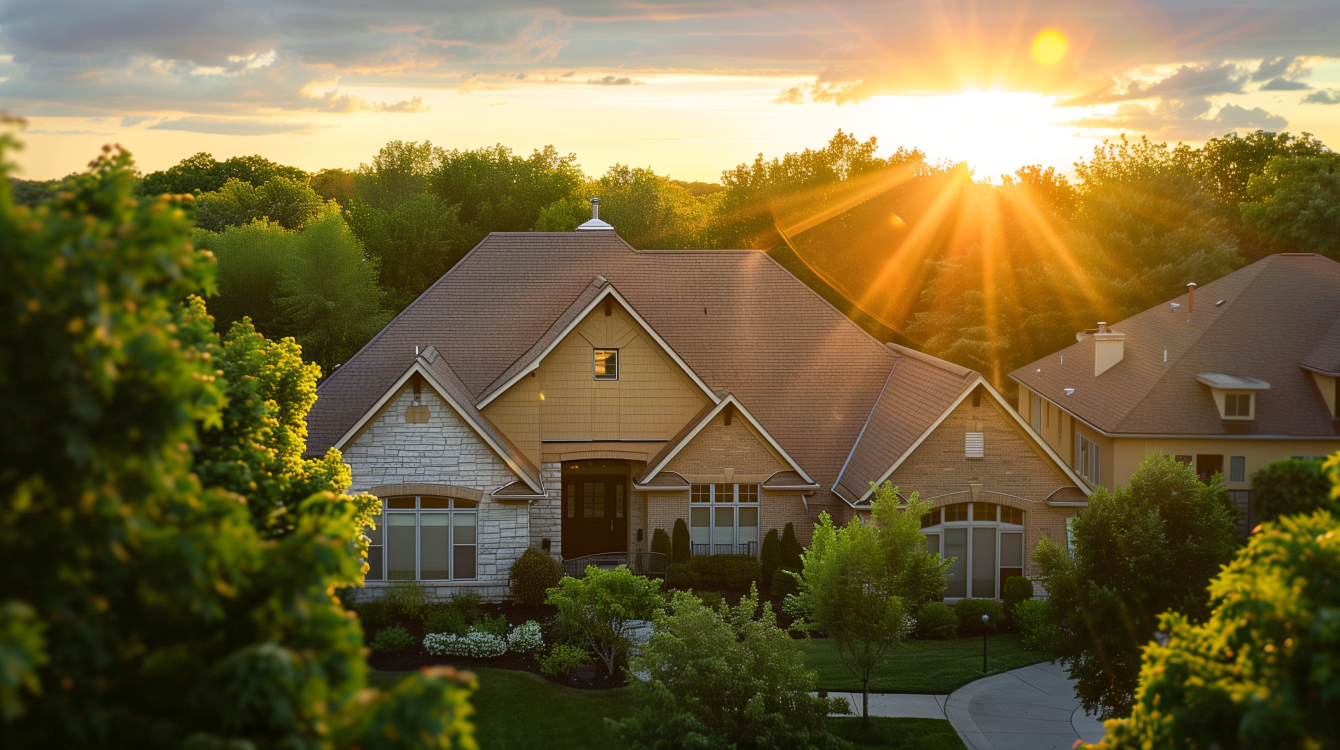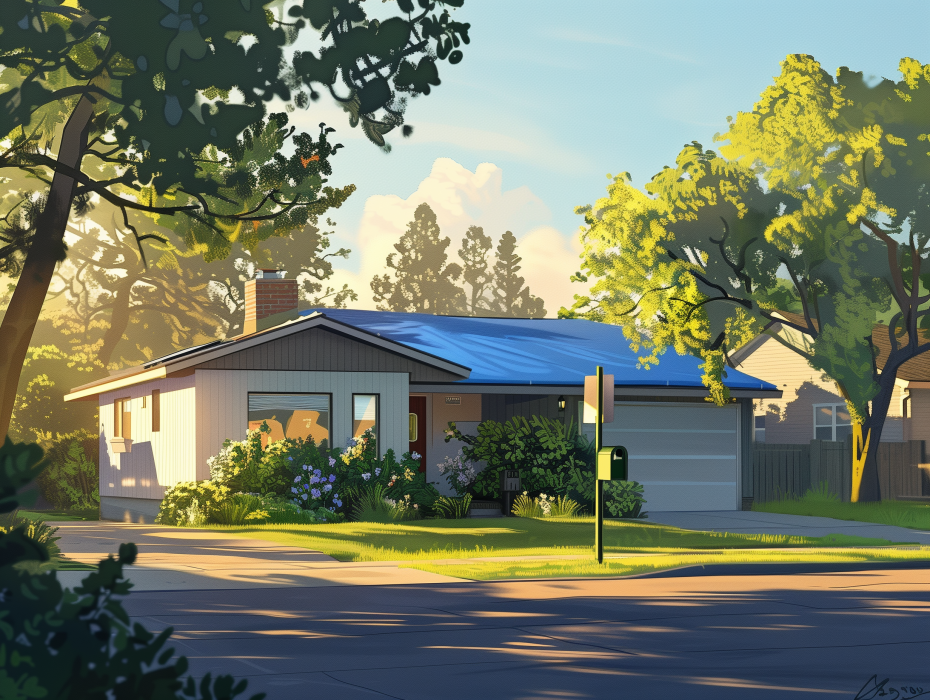Step-by-Step Roof Repair Guide for Homeowners
Severe weather, including hail and storms, can significantly damage your home’s roof, leading to the potential for further property damage and safety risks. For homeowners in Naperville, understanding how to assess and address roof damage promptly can save both time and money, ensuring your home remains a safe haven. Here’s a step-by-step guide to navigating the aftermath of hail and storm damage to your roof.
Step 1: Safety First
Before inspecting any damage, ensure it’s safe to do so. Avoid going onto the roof, as damaged areas may be slippery or unstable. Use binoculars to inspect the roof from the ground and look for visible signs of damage such as missing shingles, dents on metal roofs, or damaged flashing.
Step 2: Document the Damage
Take photos or videos to document the extent of the damage. This will be crucial for insurance claims and any consultations with roofing professionals. Note details like the size of hail (if applicable) as it can help in assessing the impact strength.
Step 3: Temporary Fixes
To prevent further interior and structural damage, cover broken windows and breached roofs with tarps or plastic sheeting. Ensure these covers are securely attached but consider hiring a professional if the damage area is extensive or unreachable safely.
Step 4: Contact Your Insurance Company
Notify your insurance provider about the damage as soon as possible. Provide them with the documentation you’ve gathered. The insurer will likely send an adjuster to inspect the damage and determine the claim amount based on the policy provisions.
Step 5: Hire a Professional Roofing Contractor
It’s important to choose a certified and reputable roofing contractor experienced in storm damage repairs. For homes in Naperville, contractors familiar with local building codes and weather challenges are preferable. Ensure they conduct a thorough inspection, including checking for hidden damages in the attic or around the roof shingles.
Step 6: Understand the Scope of Repair
Discuss with your contractor the required repairs or if a full roof replacement is more cost-effective. For hail damage, look for impacts that have compromised the integrity of the shingles and may lead to leaks.
Step 7: Upgrade Your Roof
Consider upgrading your roofing materials to more durable options like impact-resistant shingles, especially if your area frequently experiences severe weather. Discuss with your contractor any newer roofing technologies that can offer longer-lasting protection and comply with local building codes.
Step 8: Regular Maintenance
Once repairs are complete, schedule regular inspections and maintain your roof to prevent future damage. Keep gutters clean, trim overhanging tree branches, and check for signs of wear and aging.
Conclusion
Dealing with roof damage after a storm can be daunting, but taking systematic steps can ease the process, ensuring your home returns to its pre-storm condition efficiently. Remember, prompt actions can prevent further damage and reduce the cost of repairs.
For immediate service or consultation, you may contact us at Allied Emergency Services, INC.
Contact Information:
Phone: 1-800-792-0212
Email: Info@AlliedEmergencyServices.com
Location: Serving Illinois, Wisconsin, and Indiana with a focus on the greater Chicago area
If you require immediate assistance or have specific questions, our human support is readily available to help you.
Disclaimer: This article is intended for informational purposes only. For professional advice, consult experts in the field.
